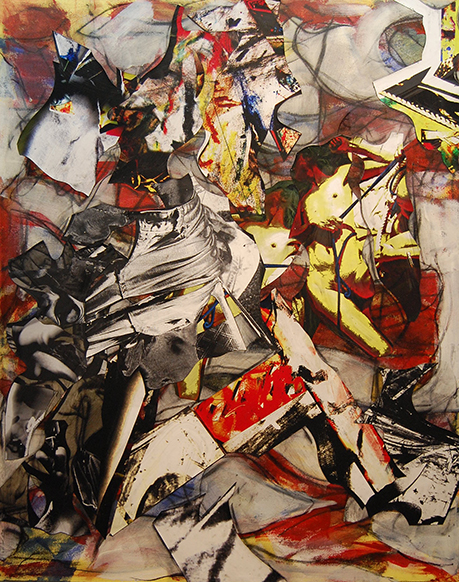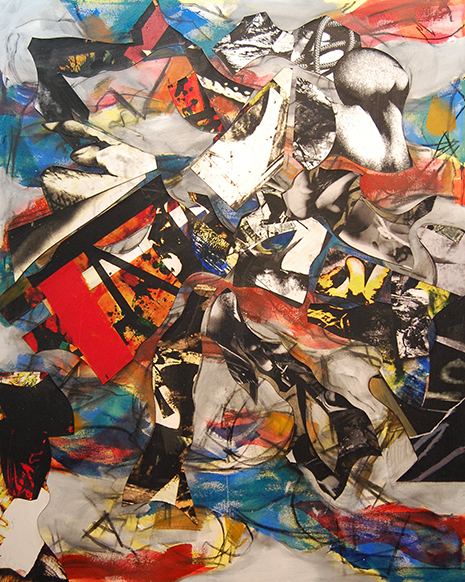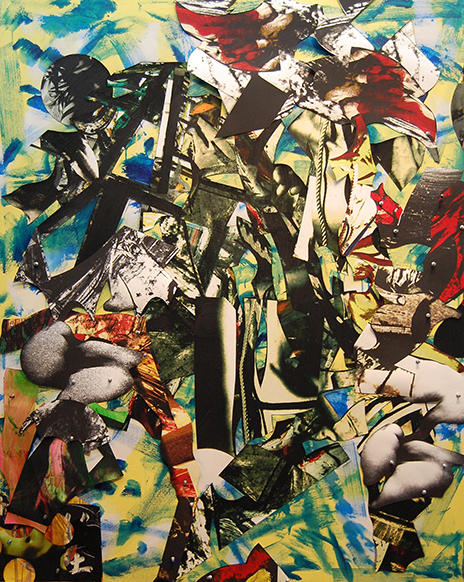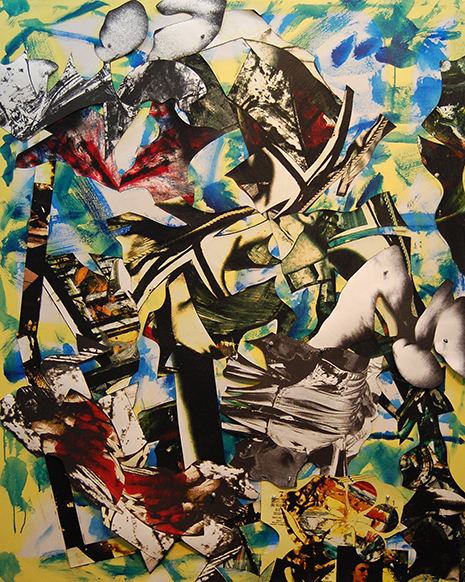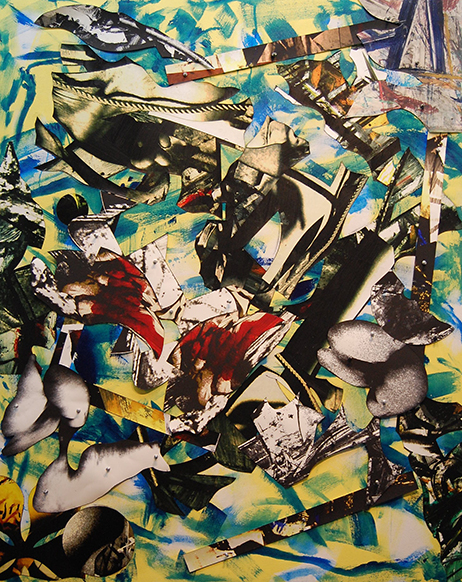Through the Looking-Glass (5 x 4 ft)
Description
It was suggested that I use Malcolm Bradley’s, 1998 book on Alice in Wonderland and Through the Looking-Glass, for my research, guide and prototype, into the abstract world of painting as opposed to a narrative of illustrated events. More specifically because of Bradley’s writings on the “persistent puzzles, paradoxes and riddles which haunt the apparently stable mirror theories of language which have dominated the philosophy of the West.”
Instead of following the white rabbit down into an open whole, Alice plunges into a mirror and a world of “narrative distortions and nonsensical explanations.” Alice, a seven year old is haunted by the question of the meaning of nonsense. Her, “maddening arguments concerning the questions of meaning, identity, names, logic and philosophy of language,” are forever arguments of the painter at work.
The two paintings in the exhibition are from a series of eight titled, “Through the Looking-Glass” by Lewis Carroll. It was his second book written in 1971, followed by the well known, “Alice’s Adventures in Wonderland, 1865. In 1939 Virginia Woolf said of the two Alice’s, “They are not books for children, they are the only books in which we become children.” In Henry Jame’s, What Masie knew, “the stories give us not so much an adult’s view of childhood as a child’s view of adulthood.”
Studio Assistants: Joe Serna and Karen Chapman
Studio space provided by Todd Green,
Aromatic Fillers, Custom Scented Candles
Greenfield, MA

